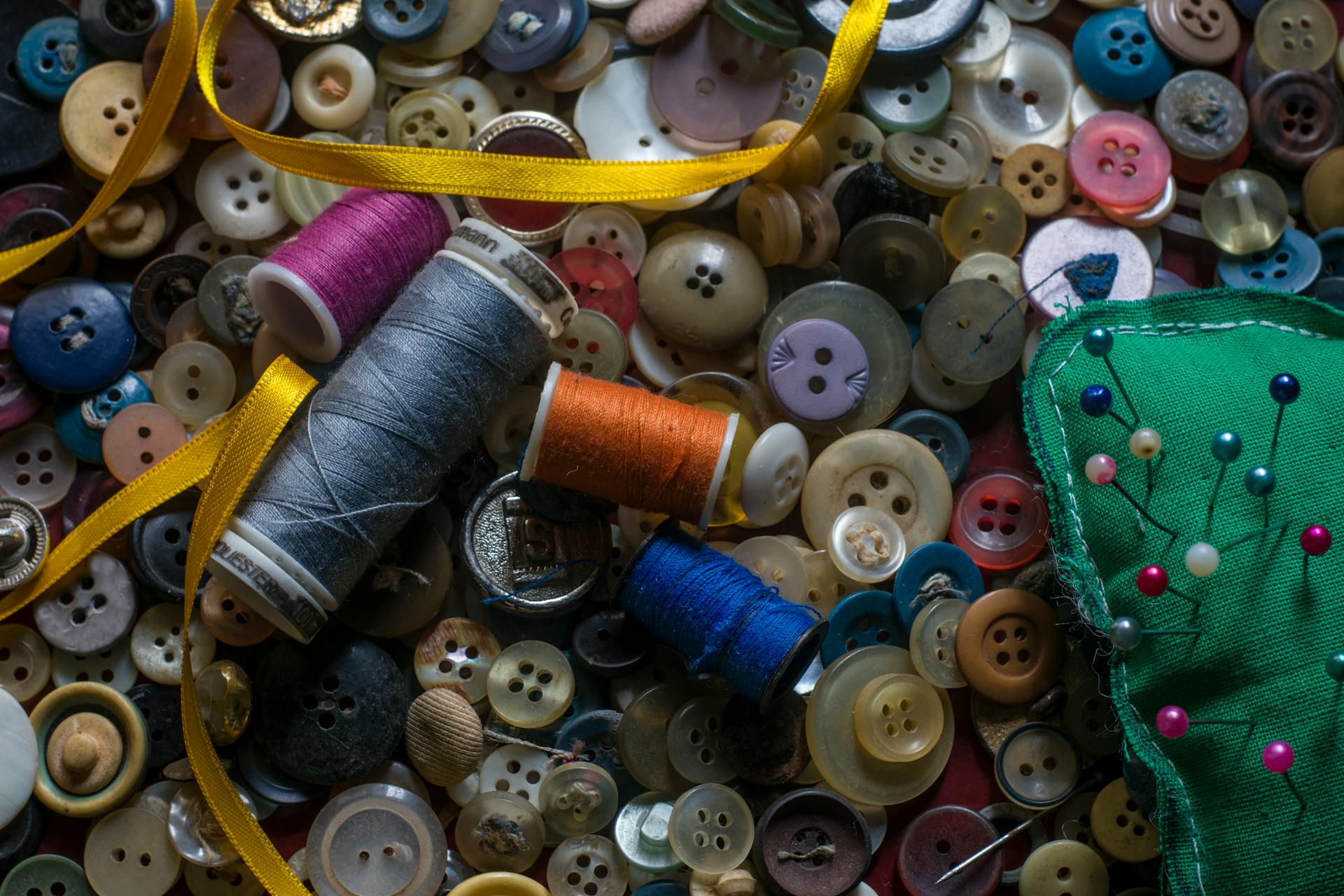
Costume technology is the art and craft of bringing a costume designer’s vision to life. It transforms sketches, fabric swatches, research, and notes into tangible garments that support storytelling on stage, screen, or in themed environments. This process draws on a range of skilled roles—cutter/drapers, stitchers, dyers, milliners, craft artisans, and wardrobe technicians—each contributing to the creation, maintenance, and performance-readiness of costumes. Allied fields such as wigs and makeup also intersect with costume technology in important ways.
This Open Educational Resource (OER) is designed as an introduction to the foundational skills and knowledge needed to begin working in a university costume shop. It is intended for early-year college students with little to no prior experience, especially those studying theatre who wish to build confidence and competence in backstage environments or deepen their understanding of how costumes are made and maintained.
The initial chapters focus on the organization and roles within a costume shop, the tools and materials commonly used, and the essential hand and machine sewing techniques that form the building blocks of more advanced work. Throughout the text, students will complete applied sampler assignments to build a personal skills notebook they can reference and expand upon.
This resource is designed to support hands-on instruction, including lecture, demonstration, and coaching. As the text evolves, additional chapters will introduce advanced techniques, patterning, wardrobe crew responsibilities, and costume crafts such as distressing and millinery. Because every costume shop operates a little differently, this OER is also intended to be adaptable—inviting collaboration and supplementation by other instructors to meet the needs of their specific programs and production environments.
